Do you have a slope in your backyard that you don’t know what to do with? A great solution is to build a tiered garden! This is a great way to utilize space that would otherwise go unused, and it’s also a great way to add some color and life to your yard. This article will discuss the best way to build a tiered garden on a slope. It will also provide tips on how to choose plants that will thrive in your new garden!
Why Do You Need a Tiered Garden on a Slope?
A tiered garden on a slope can help to create an aesthetically pleasing, practical, and low-maintenance landscape. It is perfect for people who want to make the most of their outdoor space without having to spend too much time or money maintaining it. With multiple levels of planting and terracing, you can create different looks and introduce interesting shapes into your garden.
Tiered gardens on slopes have many advantages. First, they are great for making use of otherwise unusable land; you can build up a wall with plants, hardscapes, or other features that will provide more space than would otherwise be possible on a flat surface. This means that you can create flower beds and pathways down the side of the hill in ways that may not have been possible before.
Third, a tiered garden on a slope adds interest and visual appeal to your outdoor space. You can create different levels of planting with colorful flowers and foliage, as well as build walls or paths that lead down the hillside. This will make your backyard look unique and attractive while adding functional value as well.
Finally, tiered gardens on a slope are low maintenance. Planting and maintaining multiple levels of plants can be time-consuming and expensive, but with a tiered garden, you only need to worry about the top level. This makes it much easier to keep up with watering and pruning, allowing you to create a beautiful landscape without the hassle of having to constantly maintain it [1].
Terraced Garden Ideas
Edible Terraced Garden Beds
If you want to create a beautiful, functional, and edible terraced garden, there are many options. Consider building raised beds and lining them with stones or wood for a classic look. Planting fruit trees along the sides of the terraces can add beauty as well as provide food. Berries like raspberries and blueberries will grow happily in these types of gardens too! Be sure to use organic materials when possible so that your plants get off to a healthy start.
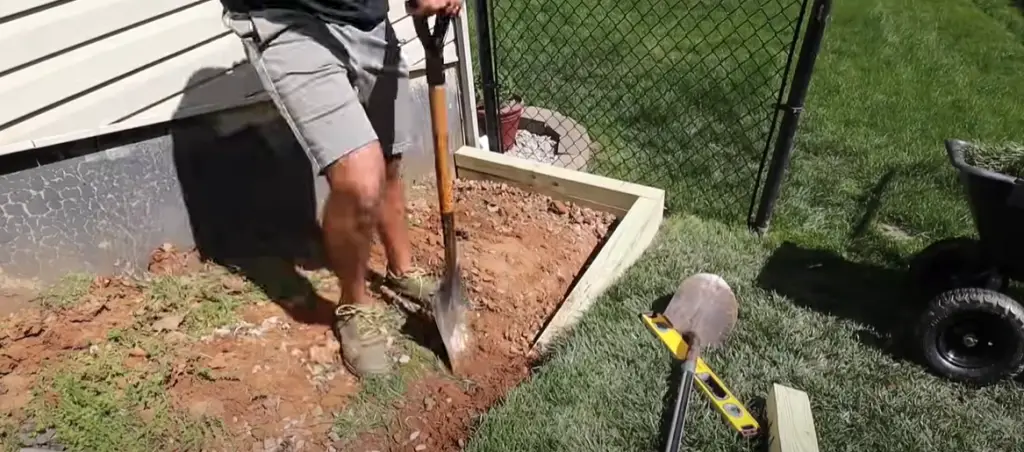
Vertical Garden Terraces
A vertical garden terrace is an excellent option if you have limited space but still want lots of greenery around your home. This type of gardening uses trellises and other vertical structures to hang plants from. These vertically planted gardens also look stunning and can be decorated with outdoor lights. For a truly unique touch, you can even use hanging baskets for some of the plants.
Terraced Rock Garden
If you are looking for a low-maintenance garden that can withstand various climates, a terraced rock garden may be the perfect solution. This type of gardening uses rocks as the main design element to create beautiful natural areas. Planting succulents or cacti along the edges is an ideal way to add color and texture without high maintenance levels. You can also add flowering annuals or perennials for extra beauty in this type of garden.
A Tranquil Haven Terrace
A terrace garden can be used to create a tranquil and relaxing outdoor space. Plant tall, ornamental grasses for privacy or use climbing plants like vines and ivy to add a layer of softness. Adding water features such as fountains or small ponds is excellent for creating an oasis-like feel in your garden. Place seating areas around the perimeter of the terrace so that you can enjoy the beauty of your garden from different angles.
Kid-Friendly Terrace Garden
A terrace garden is a great way to create a fun outdoor area for kids. Plant vegetables and herbs in raised boxes so that your children can harvest their produce. Include some flowers in the garden too, as these will attract pollinators like butterflies and bees. For extra entertainment, build a sandbox or put up a play set in the corner of the terrace. This type of garden allows your children to explore nature and get their hands dirty while having lots of fun.
Patio Garden Terraces
Another great option for those looking to add greenery to their outdoor space is patio garden terraces. This type of gardening utilizes small spaces like balconies or patios to create beautiful and lush gardens. Planting tall shrubs along the edges gives the illusion of extra space while providing a wall of privacy. Incorporating raised beds is also an option if you are limited in what types of plants can fit in the area [2].
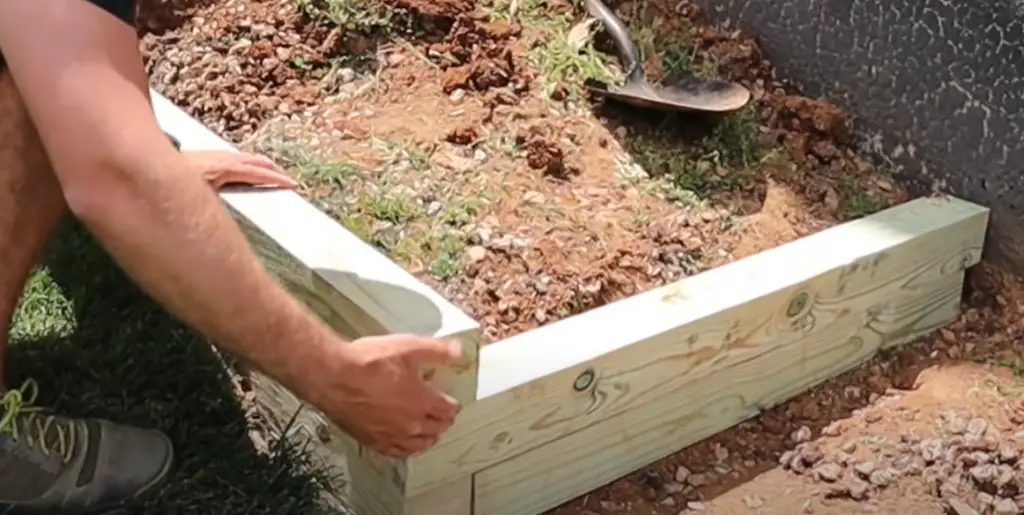
Terraced Garden Logistics
Creating a terraced garden can be a rewarding and fun activity for any gardener. Pay close attention to the logistics of creating your garden, such as checking the soil quality and making sure it will support your plants. Keep in mind that you may need additional items such as irrigation systems or trellises if you plan on having vertical gardens. Once everything is in place, enjoy watching your garden grow and reap the rewards of all your hard work!
What You Need to Build a Tiered Garden on a Slope?
A tiered garden is a great way to add interest and dimension to an otherwise ordinary slope. It can also be used to create a visual separation between different levels or areas within the landscape. Building a tiered garden on a slope requires careful planning and consideration of the various elements needed for successful construction. Before beginning, you will need:
Soil – Depending on the size of your project, you may need up to several cubic yards of soil. Be sure to use quality topsoil that contains organic matter and nutrients necessary for healthy plant growth.
Plant Material – Choose plants that are suitable for your climate and soil conditions. Consider drought-tolerant plants such as lavender, rosemary, thyme, and sedum for slopes with little irrigation.
Retaining Wall Blocks – Retaining wall blocks are essential for creating a tiered garden on a slope. These blocks are used to create the tiers and separate them from each other.
Drainage System – Installing an adequate drainage system is key to preventing water logging of your plants. Pipes or drains can be buried in the soil to help move excess water away from the area.
Mulch – Once the tiered garden is constructed, adding mulch will help keep moisture levels in check and also provide essential protection against weeds.
Landscape Fabric – A layer of landscape fabric should also be added below the soil and topsoil layers to help prevent weeds from sprouting and reduce the amount of water that is lost through evaporation.
Steps to Build Tiered Garden Bed on a Slope
Step 1: Check your local building regulations
Checking your local building regulations is the first step to ensure that you are complying with all applicable laws and ordinances. It may be necessary to obtain a permit before beginning construction, so make sure to review any relevant requirements.
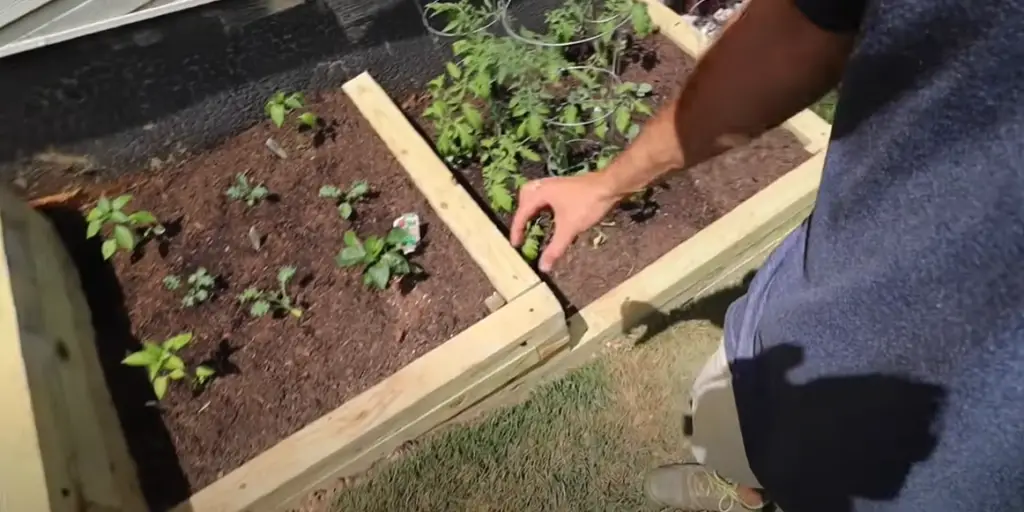
Step 2: Choose the Location for Your Tiered Garden Bed
Your tiered garden bed should be placed in an area of your yard that gets plenty of sunlight, as most plants need at least 6 hours of direct sunlight per day to thrive. Additionally, it’s important to consider other factors such as soil composition and drainage when choosing a location for your tiered garden bed on a slope.
Step 3: Measure the Slope & Calculate the Dimensions
Once you’ve determined the location for your tiered garden bed, you’ll need to measure the slope. You should use a carpenter’s level and tape measure for this step. Once you have your measurements, you can then calculate the dimensions of each tier you will be creating.
Step 4: Purchase Supplies & Gather Tools
Gather all necessary supplies – such as lumber, topsoil, compost, and fertilizer – before beginning construction. Additionally, make sure that you have all of the tools needed such as saws, hammers, levels, and shovels.
Step 5: Build the First Tier
Starting with the first tier (at the bottom of the slope), begin construction by laying down your lumber. Make sure that the lumber is level and secure, as this will be the foundation for all of the tiers above it.
Step 6: Build Additional Tiers
Once you have built the first tier, you can then begin building additional tiers up the slope, making sure to level each one before moving on to the next. Alternatively, if space permits you could also build a series of small terraces going up the slope instead.
Step 7: Add Soil & Compost
After your tiered garden bed has been constructed, add soil and compost to each tier to provide adequate nutrition for your plants. Be sure to mix in a few shovelfuls of fertilizer as well.
Step 8: Plant Your Garden
Now that your tiered garden bed is complete, you can begin planting! Choose plants that are appropriate for the climate and soil type of your area. Be sure to water them regularly and provide adequate sunlight to ensure that they thrive.

Step 9: Add Mulch & Decorations
Top off your newly created tiered garden bed with a layer of mulch or decorative stones. This will help to retain moisture in the soil, as well as make it look more attractive. Additionally, you can add decorations such as trellises, birdhouses, and wind chimes for a fun finishing touch. Once you’ve completed these steps, your tiered garden bed on a slope is ready to enjoy!
Step 10: Maintain Your Tiered Garden Bed
For your tiered garden bed to thrive, it’s important to maintain it regularly. This includes weeding any unwanted plants, trimming back overgrowth, fertilizing when necessary, and checking for signs of pest or disease. Additionally, if you live in an area with changing weather conditions, be sure to monitor the soil moisture levels and adjust watering accordingly. With proper maintenance and care, your tiered garden bed will provide years of enjoyment [3]!
How to choose plants for a Tiered Garden on a Slope?
When it comes to building a tiered garden on a slope, the selection of plants is just as important as the design and layout. You must choose plants that are suited for your particular climate and soil conditions, as well as those that will look good together in an aesthetically pleasing way. Here are some tips on choosing plants for a tiered garden on a slope:
- Choose drought-tolerant and low-maintenance plants whenever possible.
- Take into account how much sunlight the area receives and select appropriate species accordingly. This can help prevent plant death or poor health due to incorrect light exposure.
- Consider selecting perennials over annuals since they will continue blooming year after year.
- Select native species whenever possible to minimize the need for fertilizers and pesticides.
- Look for plants with varied texture and colors, as this will help create an interesting look.
- Consider incorporating hardscape elements such as stone walls to help define the garden tiers and provide additional structure.
- Think about how water will flow through the garden when selecting plants; some species are better suited to wetter or drier areas than others.
- Make sure to leave adequate spacing between different plant varieties to ensure each can get enough sunlight and nutrients.
Finally, be sure to research any potential selections thoroughly before purchasing or planting to make sure they are compatible with your landscape design goals. With these tips in mind, you should have no problem creating a beautiful tiered garden on your sloped landscape.
FAQ
How do you level ground on a hill?
The best way to level ground on a hill is by using a grading machine. A grading machine is a heavy-duty tractor equipped with an adjustable blade, which can be used to cut and fill sections of the land to create even terrain. It’s important to take into account the existing soil type, slope, and drainage when determining how deep you need to cut or fill areas for leveling purposes. Additionally, it’s often necessary to compact the soil after any changes have been made to ensure that it stays level over time. For more complex jobs, you may need specialized equipment such as excavators and bulldozers to achieve the desired result.
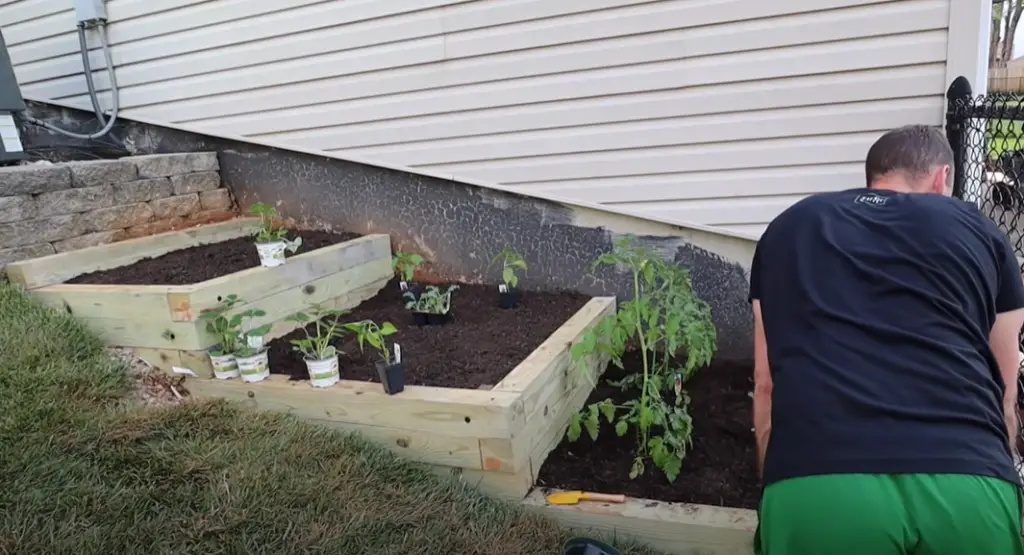
How do you landscape a steep slope on a budget?
Landscaping a steep slope can be difficult and expensive. One way to do so while staying on a budget is to use native plants that require minimal maintenance. Native plants are adapted to the local climate, making them much easier to care for than non-native species. Planting ground cover is also an effective way to help keep soil erosion in check, reducing the amount of money spent on re-landscaping projects in the future.
When adding any hardscape features such as retaining walls or terraces, consider using materials that you already have available instead of purchasing new items. Additionally, utilizing DIY techniques whenever possible will help cut down costs significantly.
What can I do with a very sloped garden?
A very sloped garden can present some unique challenges when it comes to landscaping. One effective way of dealing with this is by creating terracing levels or retaining walls that will help level the area and reduce erosion. You could also add pathways and staircases to give your garden a more dynamic look while making it easier to traverse different sections of the slope.
If you want to add extra greenery, consider using rock gardens that require minimal maintenance and are well-suited for sloped areas. Additionally, installing a sprinkler system on the incline will make watering far more efficient than doing so manually. Finally, adding outdoor lighting can provide both safety and aesthetic benefits to your sloped garden. LED lights are especially well suited for this purpose, as they use less energy and last much longer than other types of lighting.
Useful Video: DIY Raised Garden Beds (On a Slope)
Conclusion
Building a tiered garden on a slope can be a great way to give your yard an interesting and unique look. It can also provide a barrier between you and the slope, making it easier to maintain and protect from erosion. With careful design, thoughtful selection of plants, and smart use of slope stabilization techniques such as terracing or retaining walls, tiered gardens on slopes can be beautiful additions to any landscape. While more challenging than creating a garden in a flat area, with some planning and patience, it’s possible to make an eye-catching tiered garden that will add character and charm to your outdoor space for years to come.
References:
- https://kellogggarden.com/blog/gardening/tips-and-benefits-of-tiered-landscaping/
- https://www.idealhome.co.uk/garden/landscaping/terraced-garden-ideas
- https://www.floridayards.org/build-a-tiered-garden-on-a-slope/






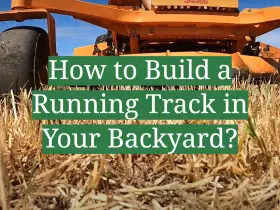
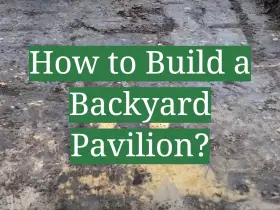

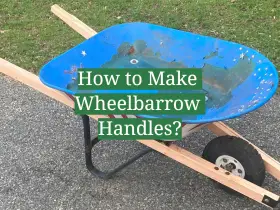
Leave a Reply
View Comments